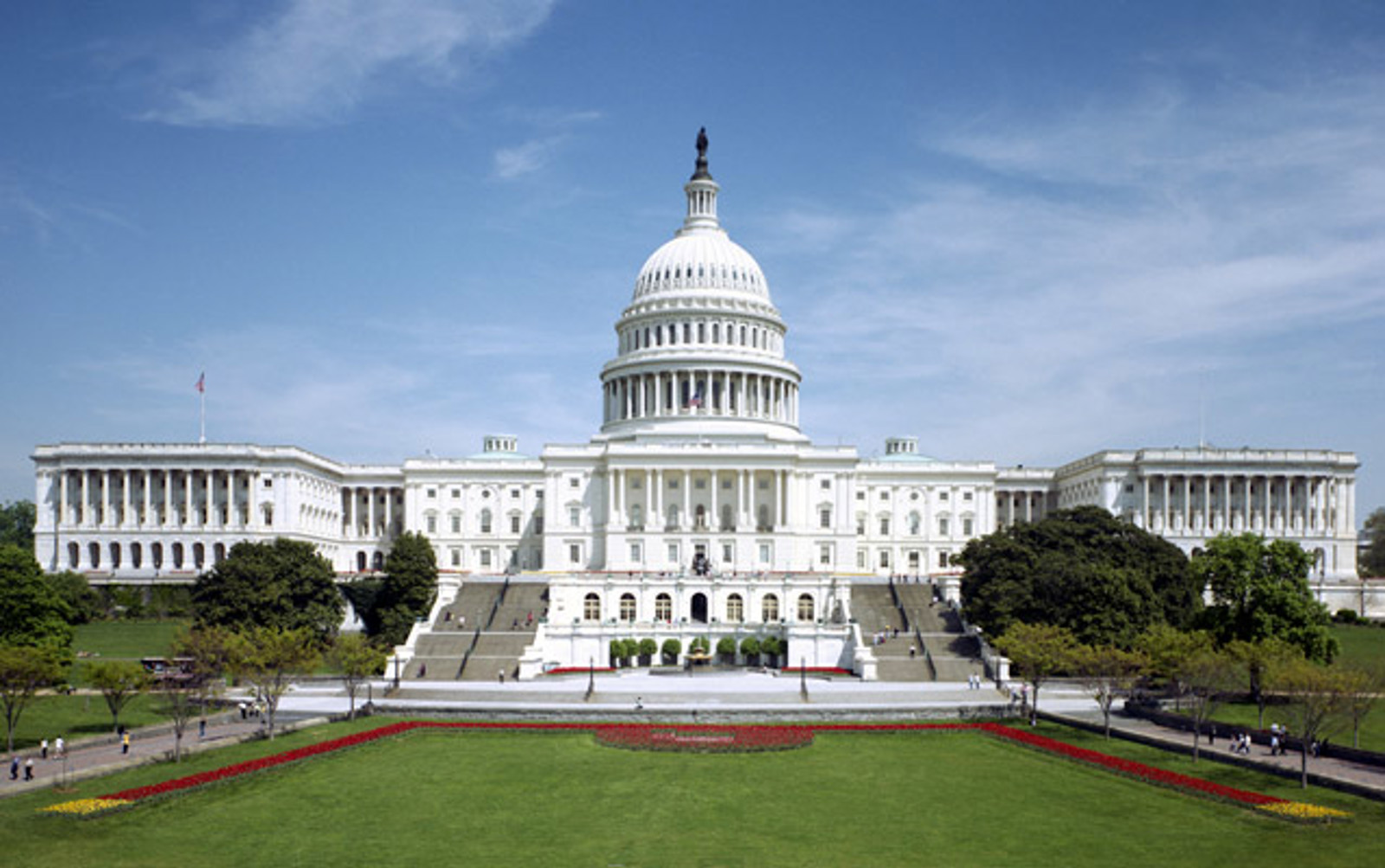November 08, 2019
House Education Committee Marks Up College Affordability Act
After two days of deliberations that included the introduction of more than 50 amendments, the House Committee on Education and Labor passed a comprehensive rewrite of the Higher Education Act. Dubbed the College Affordability Act, the legislation passed the Committee on a party line vote on October 31. (NAICU has prepared an updated summary of the bill’s key provisions.) The bill has now been referred to the Ways and Means Committee to help find ways to pay for its hefty price tag.
The markup started with the adoption of several changes to the original legislation, including an additional increase in the Pell Grant maximum award to $625, from $500. Additional changes included the reinstatement of subsidized loans for graduate students, safe harbors for credit-rated institutions in the financial responsibility metrics, clarification that foreign gifts do not include tuition payments, and clarification that the list of federal benchmarks is optional for accreditors.
The tenor of the markup was collegial, but partisan. Democrats on the Committee argued that the bill makes the biggest investments in Pell Grants, student loans, and work-study in the 54-year history of the Higher Education Act, while holding schools accountable, ensuring student safety, and expanding access by allowing Pell Grants to be used for short-term job training programs and providing free community college. Republicans, meanwhile, argued that the bill is overly political and aims to aid the 2020 election cycle by throwing money into programs while increasing the administrative burden on colleges, limiting academic freedom, violating student privacy, and increasing government intervention – all actions that will increase the cost of college.
Progressives laud the bill’s program for free community college tuition (known as America’s College Promise), the expansion of Pell Grants, and the reformed student loan repayment programs and Public Service Loan Forgiveness as vast improvements over current law.
Conservatives lament the bill’s seeming coercion into two-year programs of students who would be better served by other postsecondary programs, its limitations on the institutions that can participate in short-term Pell, the onerous requirements for the federal-state partnership for community colleges that resemble “No Child Left Behind” for colleges, and the introduction of federal “bright line” standards for accreditation that completely ignore the skills gap and the need for increased workforce training.
Over the course of the markup, a few Democratic amendments were adopted to tweak existing language, including:
Once the bill is scored by the Congressional Budget Office, and paid for with offsets, it can be prepared for a floor vote. The Committee hopes to bring the College Affordability Act for consideration by the full House of Representatives by the end of the year.
The markup started with the adoption of several changes to the original legislation, including an additional increase in the Pell Grant maximum award to $625, from $500. Additional changes included the reinstatement of subsidized loans for graduate students, safe harbors for credit-rated institutions in the financial responsibility metrics, clarification that foreign gifts do not include tuition payments, and clarification that the list of federal benchmarks is optional for accreditors.
The tenor of the markup was collegial, but partisan. Democrats on the Committee argued that the bill makes the biggest investments in Pell Grants, student loans, and work-study in the 54-year history of the Higher Education Act, while holding schools accountable, ensuring student safety, and expanding access by allowing Pell Grants to be used for short-term job training programs and providing free community college. Republicans, meanwhile, argued that the bill is overly political and aims to aid the 2020 election cycle by throwing money into programs while increasing the administrative burden on colleges, limiting academic freedom, violating student privacy, and increasing government intervention – all actions that will increase the cost of college.
Progressives laud the bill’s program for free community college tuition (known as America’s College Promise), the expansion of Pell Grants, and the reformed student loan repayment programs and Public Service Loan Forgiveness as vast improvements over current law.
Conservatives lament the bill’s seeming coercion into two-year programs of students who would be better served by other postsecondary programs, its limitations on the institutions that can participate in short-term Pell, the onerous requirements for the federal-state partnership for community colleges that resemble “No Child Left Behind” for colleges, and the introduction of federal “bright line” standards for accreditation that completely ignore the skills gap and the need for increased workforce training.
Over the course of the markup, a few Democratic amendments were adopted to tweak existing language, including:
- Assisting Federal Work Study recipients with SNAP eligibility.
- Making changes to the net-price calculator.
- Requesting a Government Accountability Office (GAO) report on state licensing restrictions and student loan defaults;
- Supporting capacity building for career technical education.
- Allowing Title III funds to be used for dual-enrollment programs.
- Adding disclosure requirements regarding background checks of employees and volunteers.
- Requiring institutions to report when non-instructional spending increases more than five percent.
Once the bill is scored by the Congressional Budget Office, and paid for with offsets, it can be prepared for a floor vote. The Committee hopes to bring the College Affordability Act for consideration by the full House of Representatives by the end of the year.
For more information, please contact:
Jody Feder

